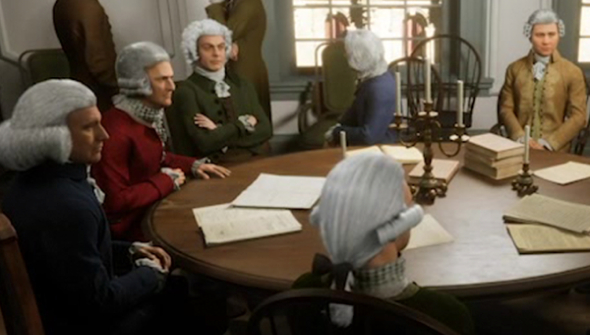
With the conclusion of the Revolutionary War, Americans struggled to transition to a political system capable of satisfying the interests and ideology of the confederacy of disparate states. This course studies the American experience of creating a constitutional system that speaks to political values of representation, limited government power, protection of rights, and stability amid ongoing responsiveness to popular concerns. These achievements and ongoing challenges unfolded in the context of debates, compromises, and innovations regarding aspects of federalism, the division and balance of powers, representation, slavery, rights, and amendment, among many others. Students will chart the American story through the Constitutional Convention, public and state ratification debates, and amendment processes. They will draw on and carefully examine a wide variety of sources including founding documents like the Articles of Confederation, Constitution, and Bill of Rights, along with convention records, letters, and public essays from the Federalists and Antifederalists. Navigating the concerns and arguments at issue will sharpen skills of close reading, critical evaluation of arguments, and analysis of political rhetoric.
Alan Taylor - University of Virginia
Jack Rakove - Stanford University
Jonathan Gienapp - Stanford University
Mary Sarah Bilder - Boston College Law School
Patrick Spero - American Philosophical Society
Hamilton, Jay, Madison: The Federalist (and others
Various: Articles of Confederation
Various: Constitution
Jefferson: Bill of Rights
Various: Other writings to provide historical context
Alan Taylor, University of Virginia